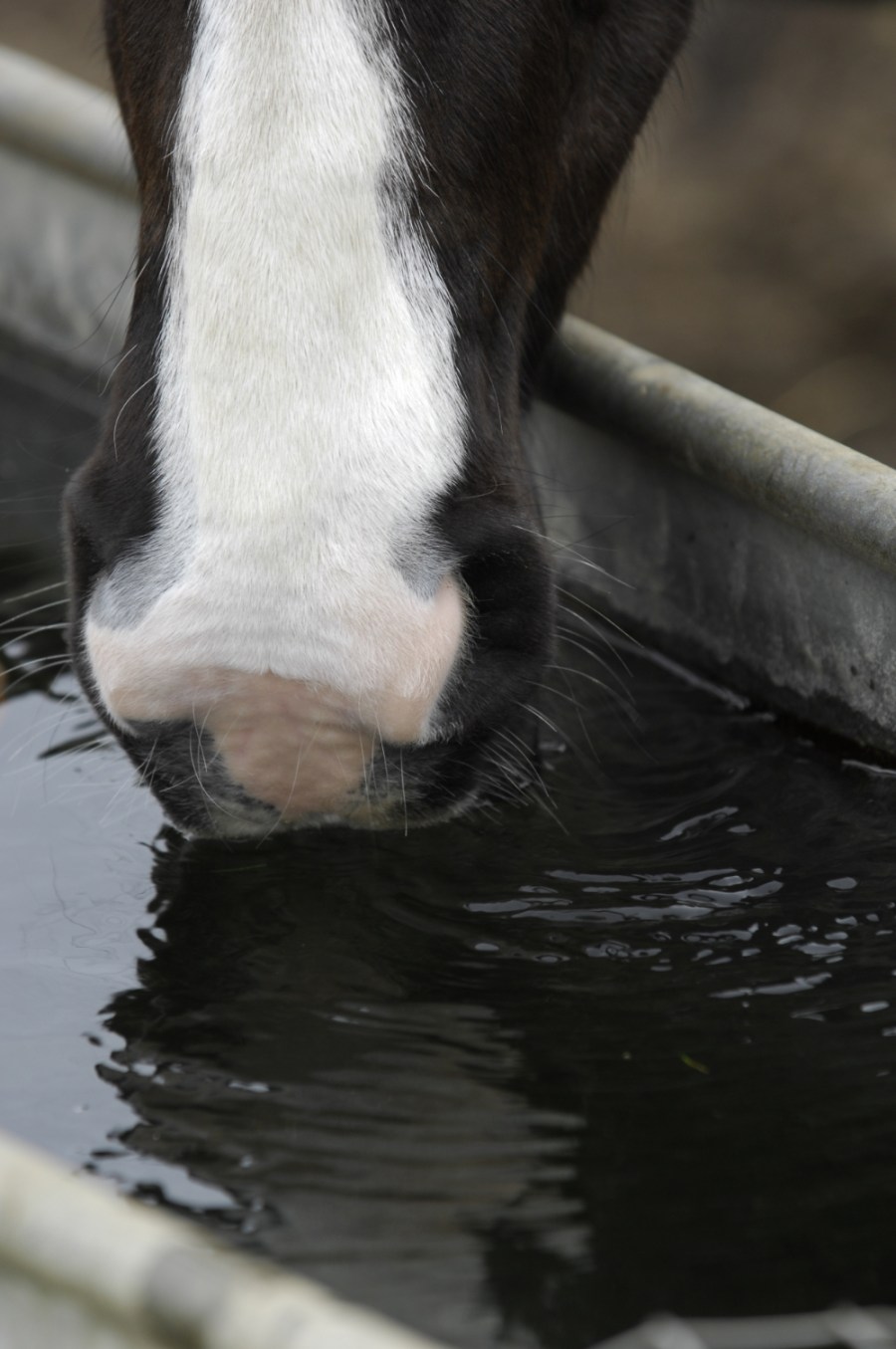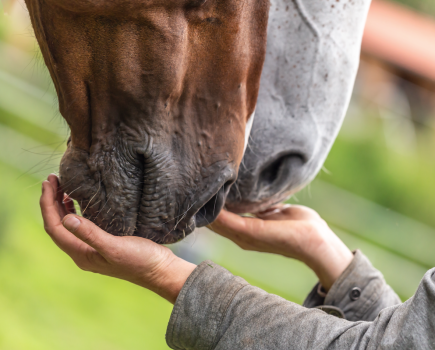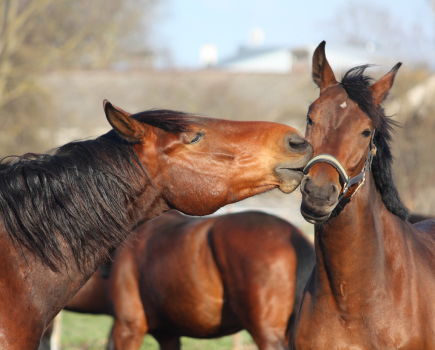Whether your horse is a competition jet-setter or more at home in the field, it’s vital he stays well hydrated over the spring and summer months in order to function as nature intended.
The UK is enjoying a hot spell at the moment, so here are some simple tips to help you keep him hydrated.
STEP 1: Encourage him to drink
The average horse will drink around 10 to 12 gallons of water a day, though just like us their thirstiness levels will vary. You only have to look at the water buckets in a typical yard to see that some horses will drain two big buckets overnight, while others will hardly have touched theirs.
To be on the safe side, it’s best to follow the old Pony Club mantra that ‘fresh, clean water should always be available’, and scrub out water troughs and buckets regularly.
It can also be a good idea to take water with you to a show or event, as some fussy horses don’t like the taste of ‘strange’ water and will refuse to touch it out of a different tap or hose.
If you’re worried your horse isn’t a big drinker, tips to encourage him to drink include adding apple juice or sugar beet water to his bucket, or using a product such as Horse Quencher – a natural supplement that can tempt fussy horses to take a sip.
STEP 2: Replace lost minerals
If your horse is working hard he’ll lose vital minerals – called electrolytes – in his sweat and urine, and water alone can’t replace them.
Salt (or sodium chloride to give it its technical name) is the most important of all the electrolytes – others include magnesium, calcium, phosphorous, chloride and potassium – and electrolyte supplements will contain a mix of some or all of these minerals in a bid to restore the horse’s natural balance.
Electrolyte supplements work in two ways: they replace lost salts and other minerals, and help prevent dehydration by encouraging the horse to drink.
It’s very important that electrolytes are given alongside sufficient levels of water. Feeding them in a concentrated form, without the water, can actually further dehydrate the horse. So whether you give them in a very sloppy feed or dissolve them in a bucket of water, it’s important your horse always has plenty to drink.
The easiest way to give vital minerals is via a salt or electrolyte lick in the field or stable so your horse has free access.
You don’t need to ‘load them up’ prior to peak exercise, but if your horse is working hard and sweating up regularly, or there’s a lot of hot weather, it’s beneficial to give electrolytes as a matter of course.
A horse’s normal diet doesn’t provide enough salt as it’s impossible to put sufficient levels in a bagged feed. So generally, experts recommend feeding normal salt day to day, ideally in lick form.
You can then ‘upgrade’ to the electro-salts (or electrolytes) at peak times after exertion. If he won’t use a lick, you can add salt to his diet at a rate of around 25-30g a day for a 500kg horse.
STEP 3: Spot the signs of dehydration
The first signs of dehydration are often reduced stamina and loss of performance, before further health problems step into the fray.
“A ‘pinch test’ will reveal early signs of dehydration. Simply pinch the skin and if, when you let go, it doesn’t immediately go back to being flat, this is an indication of dehydration.
If you allow this to continue without putting it right you’re looking at side-effects like poor recovery from exercise, muscle damage and tying up (or azoturia), which is linked to low levels of salt.
Long-term, repeated dehydration could result in serious problems, such as bone and tissue damage within the system, but in the short-term lethargy and poor recovery from exercise are the most common signs.
STEP 4: Shade and water sources
The golden rule, of course (and this applies all year round), is that horses should have access to clean, fresh water all of the time.
If you have any concerns about his water intake, consider adding water to his hard feed and/or feeding a mash that requires soaking before giving it to your horse. Soaking hay will also help.
It is also important that your horse has access to shade so that he can get out of the sun if he wants to. It might be in the form of trees, a shelter or being stabled by day and turned out at night. Whatever you choose, make sure your horse can escape the sun if he wants to.









